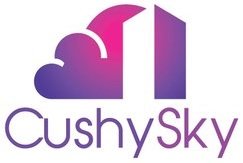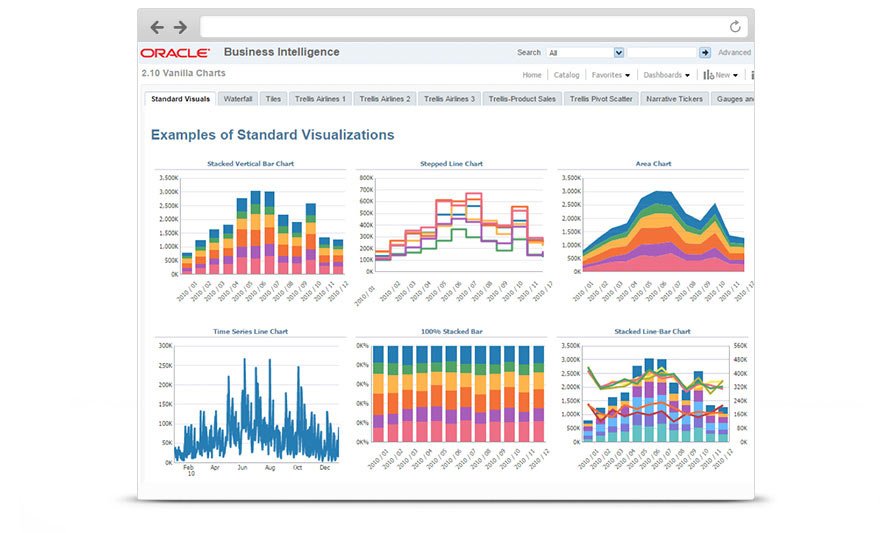Executive Summary:
In a volatile and data-driven business world, agility isn’t optional — it’s survival. Oracle Fusion Cloud Applications offer a unified suite of ERP, HCM, SCM, EPM, and CX solutions designed to help enterprises accelerate transformation and scale with confidence.
But transformation doesn’t happen by default.
This white paper is your comprehensive guide to mastering Oracle Fusion — starting with the fundamentals and leading all the way to embedded intelligence, real-time scenario planning, and connected business operations. Drawing from Oracle’s official platform strategy, real-world migration expertise, and technical best practices, this guide empowers business and IT leaders to adopt Oracle Fusion not just as a software solution, but as a growth-enabling operating platform.
1. Why Oracle Fusion? The Case for Change
Designed for Disruption
Recent global events have exposed cracks in legacy systems: outdated data models, poor scalability, disconnected functions, and costly upgrades. Oracle Fusion Cloud was designed to counter this, offering:
-
A unified cloud platform with one data model
-
Embedded AI/ML for smarter decisions and automation
-
Quarterly innovations to stay future-ready
-
Composable architecture for extensibility and agility
As Oracle notes: “Crisis response begins with recovery and ends with resiliency.”
2. Signs Your Business Is Ready for Fusion
Fusion is a strategic fit for organizations facing:
-
Outdated, expensive on-prem systems
-
Rising data silos and compliance demands
-
Difficulty adopting AI or automation
-
Global expansion or restructuring
-
Increasing maintenance and integration costs
-
Shifting customer and employee expectations
Fusion’s complete SaaS suite enables you to unify back office operations, modernize planning and forecasting, and create experiences centered on real-time data and outcomes.
3. Getting Started: Building a Foundation for Success
Step 1: Define Your Cloud Vision
Use Oracle’s 6 principles to plan your journey:
- Unify data
- Leverage the full stack
- Build-in security
- Enable decision-making with analytics
- Integrate end-to-end processes
- Adopt enhancements continuously
Step 2: Start Smart with Modular Adoption
Many organizations start with Finance or HCM, then expand into SCM, EPM, or CX. This modular approach ensures:
-
Faster time to value
-
Easier change management
-
Aligned governance
4. Data Migration: The Make-or-Break Step
Data migration is more than technical. It’s transformational.
Key Phases:
-
Initial Assessment: Evaluate legacy data quality
-
Mapping & Cleansing: Define relationships and improve data health
-
Test Migration: Use tools like File-Based Data Import (FBDI), Application Development Framework Desktop Integration (ADFdi)
-
Full Migration & Validation: Execute with governance, then audit
Best Practices:
-
Use automated testing to ensure consistency
-
Apply role-based access and encryption to secure sensitive records
-
Choose a phased, big bang, or hybrid strategy based on complexity
“Your Fusion implementation is only as good as the data you migrate into it.”
5. Adoption & Change Management: Unlocking Real ROI
Even the best cloud implementation can fail without strong user adoption.
Effective Tactics:
-
Early stakeholder involvement
-
Clear, role-based training programs
-
In-app learning and post-go-live clinics
-
KPIs such as login frequency, help desk volumes, task completion
Oracle Fusion’s intuitive UI (Redwood Design) and guided workflows help, but change leadership is essential. Partner support ensures your people move with the technology.
6. Optimizing Core Business Processes with Fusion
Key Business Flows Enabled:
-
Hire-to-Retire: Better onboarding, performance, workforce planning
-
Procure-to-Pay: Faster approvals, smarter buying, supplier visibility
-
Plan-to-Report: Real-time close, scenario modeling, automated compliance
-
Order-to-Cash: End-to-end billing, collections, and revenue recognition
With one platform, you create a single source of truth — accelerating decision-making and business agility.
7. Intelligence Built-In: Unlocking Embedded AI and Analytics
Fusion includes out-of-the-box AI, ML, and analytics capabilities:
-
Smart suggestions & anomaly detection across finance and HR
-
Oracle Digital Assistants for tasks, chat-based interactions, approvals
-
Fusion Analytics: Cross-functional dashboards, KPIs, predictive insights
-
Scenario planning in EPM for dynamic strategy adjustments
Oracle AI features are opt-in, giving businesses control over rollout pace and adoption timing.
8. Technical Mastery: Extending and Integrating Oracle Fusion
Oracle Fusion discourages intrusive customizations but supports extensibility via:
-
REST and SOAP APIs for integration
-
Oracle Integration Cloud (OIC) for process flows
-
Visual Builder and Oracle ADF for custom UIs
-
Oracle Applications Platform using Redwood Design System
This enables businesses to build on Fusion safely while preserving quarterly update compatibility.
9. Continuous Innovation: Quarterly Updates and Operational Maturity
Each quarter, Oracle releases new functionality. Leading organizations:
-
Use sandboxes to preview features
-
Run release adoption workshops
-
Update training and change plans regularly
-
Tie updates to performance improvement metrics
This keeps Oracle Fusion aligned with evolving strategies, enabling businesses to outpace change rather than react to it.
10. From Basics to Business Mastery: The Final Stage
The most successful Oracle Fusion clients:
-
Build a Cloud Center of Excellence (CCOE) to govern architecture, adoption, and value realization
-
Run cross-functional KPIs across finance, HR, supply chain, and CX
-
Evolve from “transaction processing” to insight-driven business steering
-
Use Fusion to enable subscription models, digital services, and industry-specific innovation
Conclusion: Oracle Fusion as Your Platform for What’s Next
From basic system replacement to full business reinvention, Oracle Fusion is built to evolve with your needs. But realizing this potential requires more than a vendor contract — it requires a strategic journey.
If your business is ready to:
-
Streamline operations
-
Gain a real-time view of your enterprise
-
Empower decision-makers with AI
-
Future-proof your core processes
…then you’re ready to master Oracle Fusion.


